Hunting is Conservation: The CAMPFIRE Program in Zimbabwe
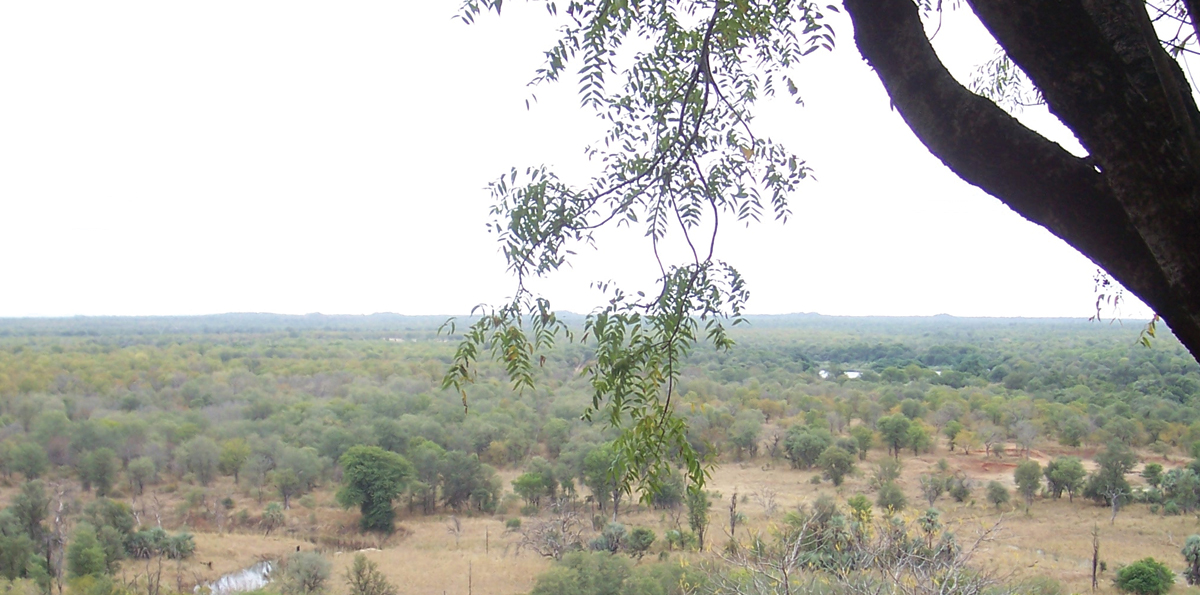 Around the world, on essentially every continent, there are numerous examples where hunting has directly supported sustainable conservation programs for big game animals. Zimbabwe, a country that has been in recent headlines regarding hunting, has an excellent example of one such highly successful program. Zimbabwe, in common with most other African countries, inherited from its colonial past a system of State ownership of wildlife that resulted in a decline of wildlife outside of protected areas. The Parks and Wildlife Act of 1975 gave private landholders in pre-independent Zimbabwe the right to manage wildlife for their own benefit, and this heralded an immediate reversal in wildlife declines on private land. In 1982, the legal provisions of this Act were extended to Rural District Councils (RDCs), on behalf of rural communities in communal lands in whose areas viable populations of wildlife are found. It enabled them to manage and benefit from wildlife resources through the program called Community Areas Management Program for Indigenous Resources (CAMPFIRE). Communal areas in Zimbabwe are administered by RDCs, and these have become the mechanism for implementation of government’s policy of “conservation by utilization” of natural resources.
Around the world, on essentially every continent, there are numerous examples where hunting has directly supported sustainable conservation programs for big game animals. Zimbabwe, a country that has been in recent headlines regarding hunting, has an excellent example of one such highly successful program. Zimbabwe, in common with most other African countries, inherited from its colonial past a system of State ownership of wildlife that resulted in a decline of wildlife outside of protected areas. The Parks and Wildlife Act of 1975 gave private landholders in pre-independent Zimbabwe the right to manage wildlife for their own benefit, and this heralded an immediate reversal in wildlife declines on private land. In 1982, the legal provisions of this Act were extended to Rural District Councils (RDCs), on behalf of rural communities in communal lands in whose areas viable populations of wildlife are found. It enabled them to manage and benefit from wildlife resources through the program called Community Areas Management Program for Indigenous Resources (CAMPFIRE). Communal areas in Zimbabwe are administered by RDCs, and these have become the mechanism for implementation of government’s policy of “conservation by utilization” of natural resources.
The CAMPFIRE Program was initiated in 1988 in Zimbabwe as a 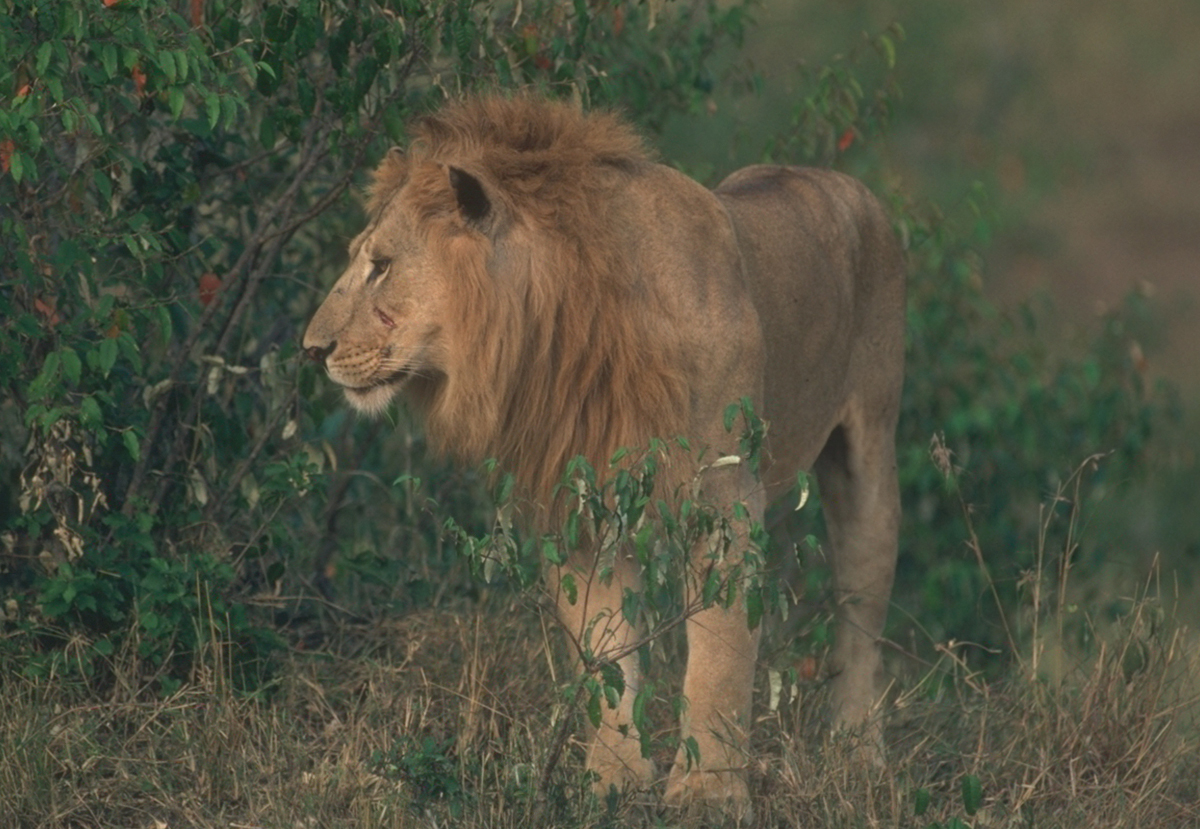 means to ensure that local communities benefited from hunting safari concessions operating in their area. CAMPFIRE was designed to give control of wildlife management to rural communities, so that they would invest in wildlife and habitat conservation and in turn, receive dividends. Under the program, villagers work with government agencies to develop sustainable wildlife management programs based on hunting controlled numbers of wildlife from their areas. Profits from the project are used for communal benefit or distributed to individual households at the discretion of the community. Rural district councils are authorized to market wildlife resources in their districts to safari operators on behalf of communities. Safari operators sell hunting and photographic safaris to mostly foreign sport hunters and eco-tourists, before paying the communities a percentage of costs which is essentially a dividend resulting from the sustainable management of their wildlife, especially safari hunting.
means to ensure that local communities benefited from hunting safari concessions operating in their area. CAMPFIRE was designed to give control of wildlife management to rural communities, so that they would invest in wildlife and habitat conservation and in turn, receive dividends. Under the program, villagers work with government agencies to develop sustainable wildlife management programs based on hunting controlled numbers of wildlife from their areas. Profits from the project are used for communal benefit or distributed to individual households at the discretion of the community. Rural district councils are authorized to market wildlife resources in their districts to safari operators on behalf of communities. Safari operators sell hunting and photographic safaris to mostly foreign sport hunters and eco-tourists, before paying the communities a percentage of costs which is essentially a dividend resulting from the sustainable management of their wildlife, especially safari hunting.
Between 1989 and 2004, the program raised about US$30 million, which was channeled back into the communities. More recently, CAMPFIRE’s impact on national income is at least US$10 million annually. If the multiplier on tourism activities is included, CAMPFIRE is worth US$20-25 million to Zimbabwe’s economic income each year. Periodic contributions have also come from USAID, FAO, Safari Club International Foundation and the Kellogg Foundation.
CAMPFIRE contributes to job creation, empowerment, and diversification of livelihoods for rural communities. Some communities benefit from infrastructure such as clinics, schools, grinding mills, boreholes and roads.
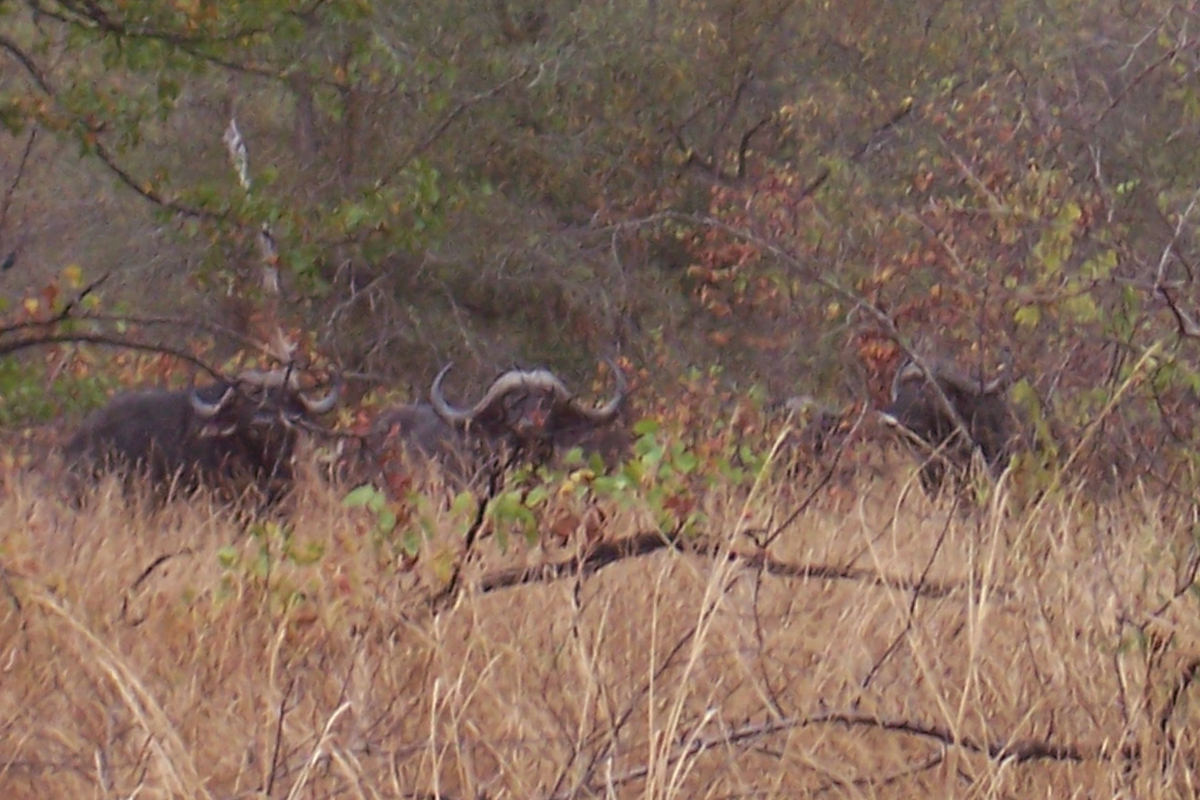 To date, 58 out of 60 Administrative Districts are part of the CAMPFIRE program covering an equivalent area of 40-50,000km2. CAMPFIRE Association is a registered Welfare Organization established in 1992 to lead the CAMPFIRE program, and to represent and promote the interests of RDCs who have communities endowed with natural resources. The primary role of the Association is to promote the management of wildlife and other natural resources for the benefit of producer communities. The Association is fully recognized by government in its support for wildlife management, and local level natural resources management initiatives in communal lands in partnership with other environmental agencies, development partners and the private sector. RDCs are the planning authority in their areas.
To date, 58 out of 60 Administrative Districts are part of the CAMPFIRE program covering an equivalent area of 40-50,000km2. CAMPFIRE Association is a registered Welfare Organization established in 1992 to lead the CAMPFIRE program, and to represent and promote the interests of RDCs who have communities endowed with natural resources. The primary role of the Association is to promote the management of wildlife and other natural resources for the benefit of producer communities. The Association is fully recognized by government in its support for wildlife management, and local level natural resources management initiatives in communal lands in partnership with other environmental agencies, development partners and the private sector. RDCs are the planning authority in their areas.
Each RDC has an Environment Committee that is responsible for addressing environmental issues at district level, and thus coordinate the implementation of CAMPFIRE. Dedicated CAMPFIRE departments responsible for the day-to-day management of CAMPFIRE (field patrols, monitoring of hunts, problem animal control, water and fire management) are found in all major districts. There are in excess of 100 democratically elected and constituted village and ward CAMPFIRE committees in the various districts. This provides for community participation and decision-making with a transparent flow of information relating to key issues, planning and projects.
The CAMPFIRE model (for wildlife management purposes) focuses on two main criteria:
- Voluntary interest in participation by communities and their RDCs,
- Presence of wildlife populations capable of producing sustainable and economically significant revenues.
Benefit sharing from CAMPFIRE for local communities is based on:
- The number of animals harvested within a local community’s area each hunting season.
- The extent of wildlife habitat present within a local community’s area annually.
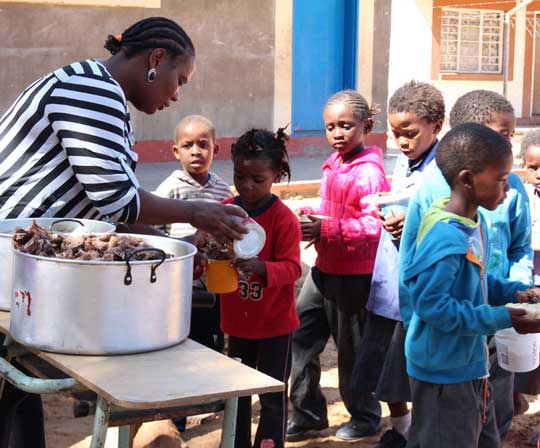 The CAMPFIRE concept has contributed to the achievement of the goal of eradicating extreme poverty and hunger by facilitating the creation of an enabling environment for pro-poor economic growth; creating employment opportunities; reducing dependence on rain fed agriculture and increasing agricultural productivity; and developing projects that enhance food and nutrition security. The CAMPFIRE program generates three primary benefits:
The CAMPFIRE concept has contributed to the achievement of the goal of eradicating extreme poverty and hunger by facilitating the creation of an enabling environment for pro-poor economic growth; creating employment opportunities; reducing dependence on rain fed agriculture and increasing agricultural productivity; and developing projects that enhance food and nutrition security. The CAMPFIRE program generates three primary benefits:
- It improves the livelihoods of rural people.
- It empowers rural communities to manage themselves, imparting the sense of self-confidence and self-dependence that has long been denied to them, at the same time removing this burden from government.
- It provides an incentive for rural communities to conserve wildlife.
Conflicts
As human populations grow and expand farther into wildlife habitat,
there have been the predictable conflicts between local human encroachment and wildlife. These conflicts were brought into the international media spotlight by the recent killing of a collared lion near Hwange Park. However, there was no sympathy from the people of Hwange and surrounding areas who have lost relatives and domestic animals to lions. Villagers in areas such as Tsholotsho, Hwange, Dete, Victoria Falls, Jambezi, Bikita and Kariba, among others close to national parks, regularly encounter dangerous animals and it is difficult to balance the benefits they receive from these animals. In many cases, they also risk their lives by guarding their crops day and night, occasionally resulting in fatal encounters. According to the Zimbabwe National Parks and Wildlife Authority, 27 people were killed by wild animals across Zimbabwe during the first quarter of 2015, while 15 sustained injuries. In revenge attacks, villagers killed 12 elephants, five lions and 10 crocodiles, during the same period.
In one communal area, the local chief states that people in his area had lost 640 cattle, 420 goats, as well as pigs and chickens to lions, hyenas and baboons. Crop damage from elephants has been particularly severe since elephants started moving from the park to the villages, destroying people’s crops. There are many areas where people have not harvested anything since 2009 because of the elephants.
The resulting poverty and hunger drove people to start poisoning animals with the indiscriminate toxin, cyanide. Besides elephants, cyanide also claimed the lives of several animal species, among them, lions and scavengers that included hyenas and vultures, as well as other animals such as kudu and buffalo, that shared the same waterholes. The killing of the elephants attracted the attention of world media.
Conflict Causes
- Loss of habitat
- Habitat fragmentation
- Unplanned human settlement
- Disturbance of livestock grazing
Problems For Humans
- Crop losses (10-18% of household income), early harvests reduce crop yield and quality
- Manpower requirements for guarding
- Lack of support in developing protection/mitigation measures
- Attacks on humans – injuries and death
Support was provided by the Food and Agriculture Organization (FAO), SCIF, and other partners to establish a Human and Wildlife Conflict (HWC) Mitigation Centre at CAMPFIRE Association offices in 2012. Currently there are eight model actions people living in rural areas can take to protect themselves and their crops from the potential dangers of wild animals, using wildlife friendly methods. Significance of traditional travel routes of nomadic herds, especially elephant is highlighted. There are also a HWC Toolkit, posters, and booklets for both practical use and educational purposes.
US Ivory Import Suspension
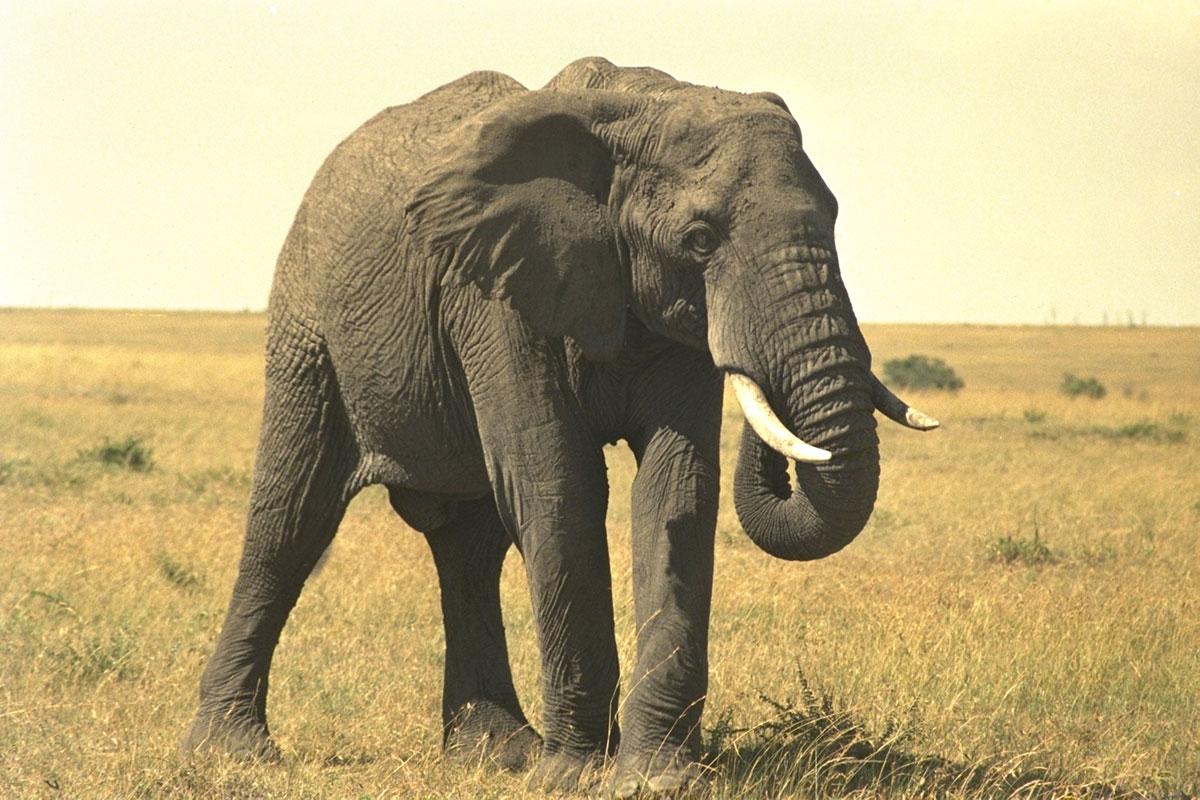 The US brings the highest number of sport hunters to Zimbabwe. In 2001, these constituted 61% for all land categories. American clients generally constitute 76% of hunters in CAMPFIRE areas for all animals hunted each year. The US suspension of ivory imports from Zimbabwe in 2014 has had a significant impact on CAMPFIRE, and resulted in the following:
The US brings the highest number of sport hunters to Zimbabwe. In 2001, these constituted 61% for all land categories. American clients generally constitute 76% of hunters in CAMPFIRE areas for all animals hunted each year. The US suspension of ivory imports from Zimbabwe in 2014 has had a significant impact on CAMPFIRE, and resulted in the following:
- The cancellation of 108 out of 189 (57%) elephant hunts in all major districts initially booked by US citizens resulted in the reduction of CAMPFIRE income from $2.2M in 2013 to 1.7M in 2014.
- The $45,000 2014 SCI Tag Auction of one bull elephant that has directly supported CAMPFIRE annually since 2012 was disrupted when a US client bought the tag at the auction in February, but later demanded a refund in April 2014 when the suspension was announced.
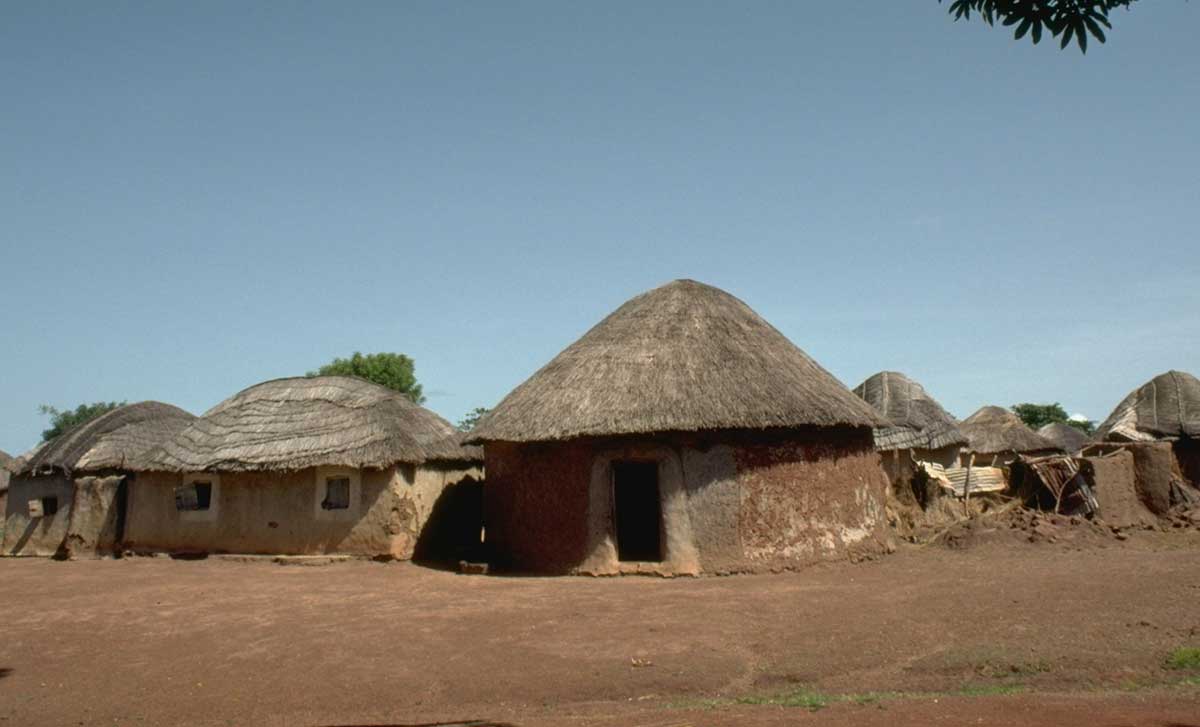 CAMPFIRE communities suffer most from elephant crop damage, and consequently the program depends on consumptive trophy hunting in which the elephant is the major trophy species and primary revenue stream. The suspension has caused a massive disruption of hunting revenue inflows to communities due to delays in cancellation and reselling of the hunts to other nationals.
CAMPFIRE communities suffer most from elephant crop damage, and consequently the program depends on consumptive trophy hunting in which the elephant is the major trophy species and primary revenue stream. The suspension has caused a massive disruption of hunting revenue inflows to communities due to delays in cancellation and reselling of the hunts to other nationals.
The suspension, extended into 2015, has not only negatively affected investment into the protection of wildlife, but has also removed direct incentives at community level to protect elephants. Beitbridge district recorded high human-elephant conflict cases for 2014 at the rate of an average of 12 cases a day resulting in nine elephants being killed on Problem Animal control (PAC). This means disgruntled CAMPFIRE communities will turn to pastoralism and unviable agriculture, thereby reducing wildlife habitat. The suspension is effectively encouraging communities to become willing tools for poaching–a forced abandonment of CAMPFIRE.
Current Projects
CAMPFIRE Association is working closely with various stakeholders supporting the EU-funded Wildlife In Livelihood Development (WILD) Program led by the Sustainable Agriculture Technology (SAT), which is piloting some models of community based wildlife management and game ranching in CAMPFIRE areas (Chiredzi, Chipinge and Nyaminyami districts) over the next three years.
The Ministry of Environment, Water and Climate has also launched a five year Global Environment Facility/World Bank funded Hwange-Sanyati Biological Corridor Project led by the World Wide Fund for Nature (WWF) Zimbabwe, to which CAMPFIRE is one of the grant recipients. This project, among other things, focuses on livelihood improvement for CAMPFIRE communities in Hwange and Tsholotsho districts.
 In order to address some of CAMPFIRE’s challenges and revitalize the program as a successful vehicle and flagship model for community-based conservation and economic development at district and national levels, the Ministry, in partnership with that of Local Government, Public Works and National Housing has applied for grant support from the European Union for purposes of revitalizing CAMPFIRE. CAMPFIRE requires greater policy support, to address its former and current flaws in order to prove successful in Zimbabwe’s new economic context. The following work program will be implemented:
In order to address some of CAMPFIRE’s challenges and revitalize the program as a successful vehicle and flagship model for community-based conservation and economic development at district and national levels, the Ministry, in partnership with that of Local Government, Public Works and National Housing has applied for grant support from the European Union for purposes of revitalizing CAMPFIRE. CAMPFIRE requires greater policy support, to address its former and current flaws in order to prove successful in Zimbabwe’s new economic context. The following work program will be implemented:
- Broad-based consultation within selected CAMPFIRE areas.
- Collation of information to objectively trouble-shoot problems.
- Comprehensive review of national and regional CBNRM policies and practices.
- Economic valuation and value chain analysis of selected natural resources products (baseline and potentials).
- Policy position, guidelines and terms of reference for subsequent actions on the management of CAMPFIRE.
This roadmap will help CAMPFIRE maintain dedicated wildlife areas, and greater respect given to natural resource conservation in rural areas by communities–fire control, reduced tree-cutting, reduced poaching, and most importantly, improved rural livelihoods. Renewed support for CAMPFIRE will help in maintaining space for wildlife to ensure economic benefit for rural communities and less human and wildlife conflict, and as a result, less retaliatory killing of wildlife, and poaching.–Dr. Alan W. Maki, SCIF Conservation Committee Chair & Charles Jonga, Director CAMPFIRE Association

